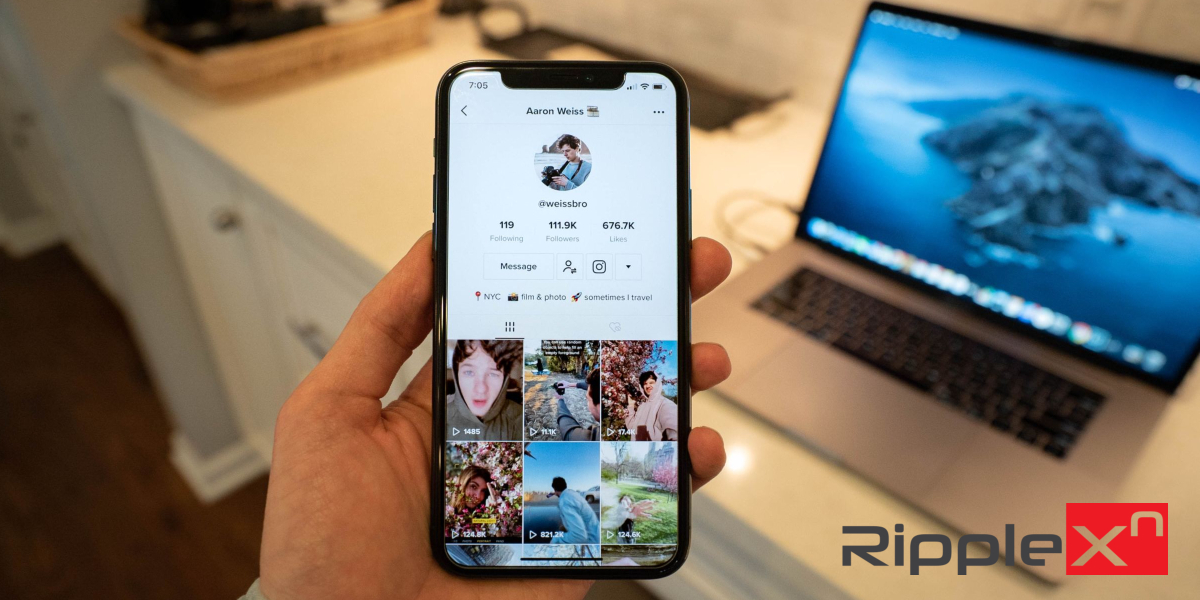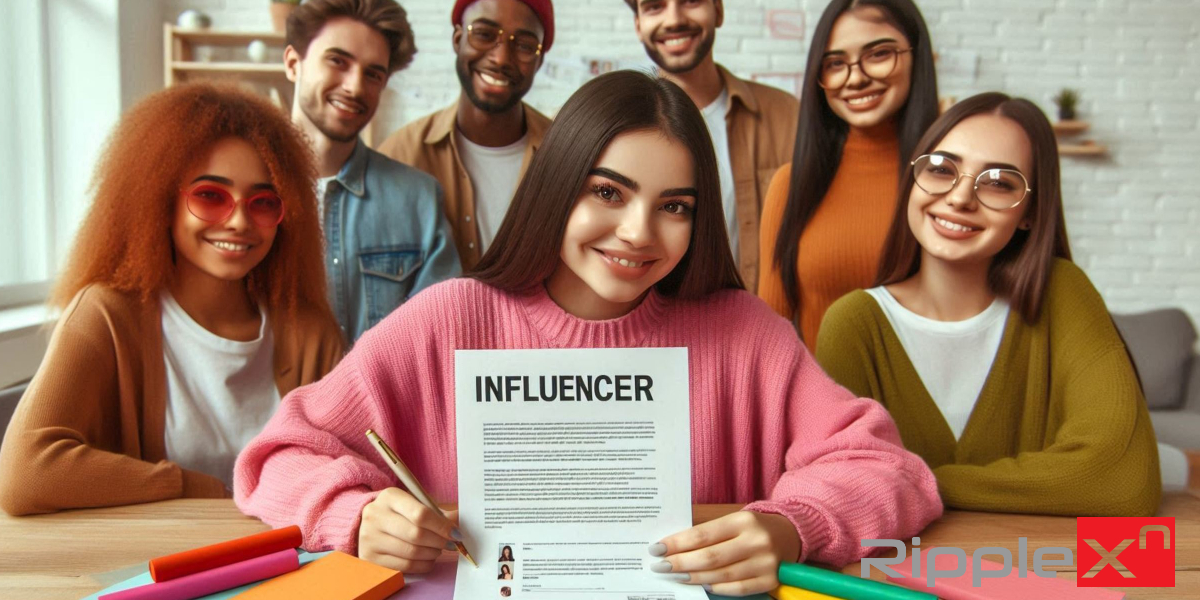TikTok's Stitch function represents a creative tool that allows users to integrate content from another video into their own creation. This innovative feature enables users to weave together different videos to form a new, unique piece of content. It's crucial to note that to be eligible for others to Stitch with your videos, your account must be set to public.
The difference between Stitch and another popular TikTok feature, Duet, lies primarily in their format. While Duets present a simultaneous side-by-side view of both videos, a Stitch plays consecutively, beginning with the original video and transitioning to the Stitched content.
However, there are certain limitations to the Stitch feature. For instance, while it allows users to splice together multiple videos from other TikTok creators, you can only use up to five seconds of another person's video in your Stitch. Furthermore, it's not possible to stitch a video for longer than five seconds using the built-in Stitching feature of the TikTok app.
The Stitch feature can indeed be a powerful tool for creators, especially when strategically used to generate more views. Incorporating Duet and Stitch videos into your content strategy can significantly increase engagement, and this effect is often amplified if the videos used originate from well-known creators. This can be a very effective growth strategy.
Navigating the Copyright Landscape on TikTok
Just like creators on platforms such as YouTube or Instagram, TikTok users are subject to copyright law. Although the relative newness of the platform may allow some to fly under the radar, it's important to remember that violating copyright laws can lead to your content being muted or removed entirely.
TikTok employs a three-pronged approach to identify copyright music in videos uploaded to its platform. This includes an automated system that checks every video, a dedicated team of moderators searching for violations, and a feature that allows users to report copyright infringements themselves.
When it comes to Stitching, you can control who has the ability to Stitch with your videos via your account's privacy settings. If you choose to allow anyone to Stitch with your videos and have the Stitch function turned on, then anyone can indeed use parts of your videos in their Stitches.
Stitching, Fair Use, and Consent: A Complex Interplay
A common question often arising in online discussions is whether enabling Stitches on TikTok makes fair use irrelevant. The answer to this isn't cut and dry.
Duets, where users either lip-sync to the original audio or react to the original video, often have a weaker case for fair use. Thus, it's the presumption of consent from the original uploader (by virtue of having Duets enabled) that likely affords legal protection to Dueters.
Stitches, on the other hand, generally involve the new uploader adding substantive new commentary and material to the original video. This can potentially strengthen the case for fair use, as the new video could be deemed transformative, and they typically incorporate only a few seconds of the original video.
However, there's nothing in the TikTok system that dictates how Stitches must be created. This can lead to scenarios where someone might stitch an entire original video and add minimal new content, thus raising questions around fair use and consent.
In such cases, the original uploader might reasonably believe that the Stitch does not constitute fair use and could consider issuing a DMCA Takedown against that video. However, whether this would be considered fraudulent or not, given that Stitches were enabled, is a complex question and might be subject to interpretation in a court of law.
The legalities surrounding TikTok's Stitch feature are complex and continue to evolve. As a creator, it's essential to stay informed and cautious when using other people's content in your videos, even when using features like Stitch.
Conclusion
In essence, TikTok's Stitch feature is a creative tool that fosters a sense of community and collaboration among users. It allows for the creation of new content by combining videos from different creators, providing a unique way to engage with others. However, the landscape of copyright law is complex and ever-changing, especially in the context of new social media platforms. It's crucial for creators to understand the potential legal implications and navigate these spaces responsibly. Being mindful of copyright issues, considering the concept of fair use, and familiarising oneself with the platform's settings are all part of creating content responsibly on TikTok.






